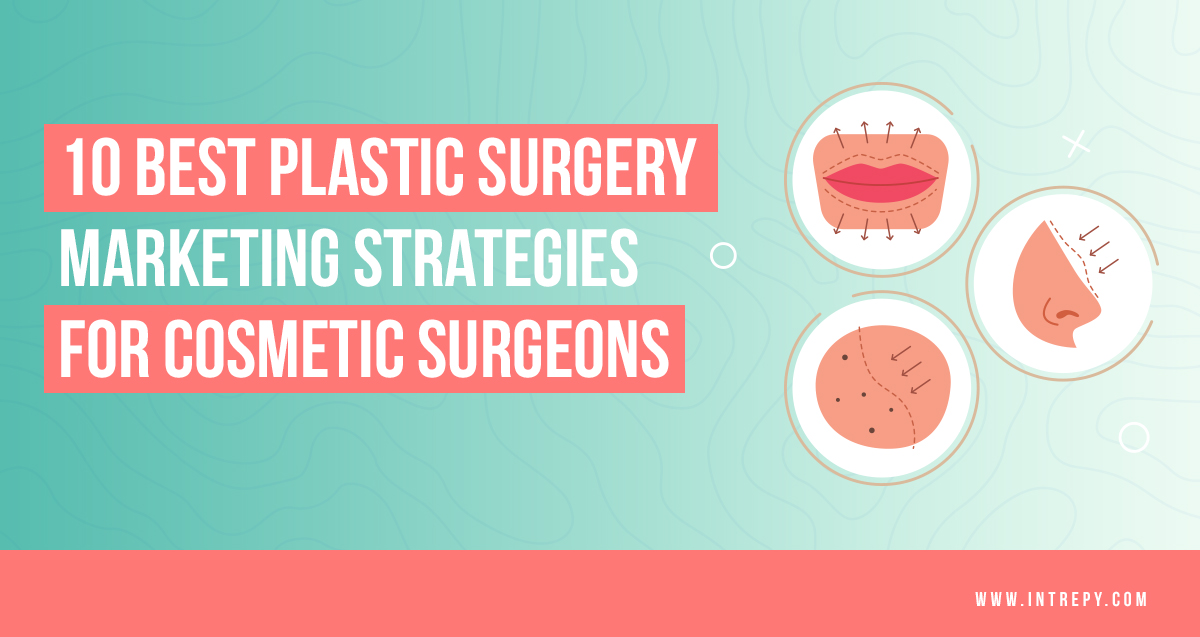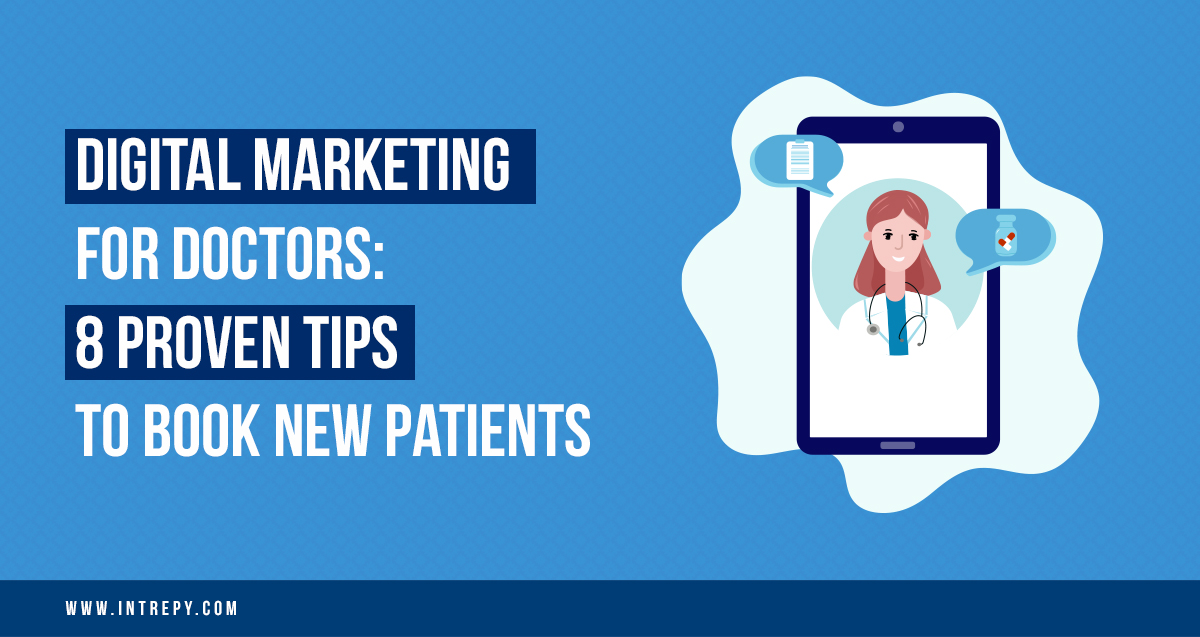The online equivalent of a waiting room is your medical website. Since first impressions are formed here, it’s important to give your virtual waiting room the same care you would give your physical waiting room.
Is the website presentable in terms of being user-friendly and organized? Is it welcoming and informative? Does the patient have access to all relevant data? Before a patient even sets foot in the clinic, they should be able to find answers to these fundamental questions on your website.
Tips for a Successful Medical Website
To reach patients where they are today, medical practices must market to them and interact with them digitally. That is especially true in the healthcare industry, where patients now have more choices than ever before.
Your website is your secret weapon, and you need to make sure that it works well so that patients have the best experience possible. Here are some helpful tips that can make a big difference.
Ease Patient Concerns
Health problems can be stressful for both the person who is sick and their family. When a doctor explains things, it helps ease the worries away. This is also true of a medical website, and it is done with professional design and writing. A well-designed medical website should be easy for visitors to find their way around.
Give Informative Content
A medical website should tell people what they need to know about the main services so they can decide right away if your practice is right for them. This information should be easy to find by using good design and clear writing.
A medical website shouldn’t just have information and services. Trust is important in a relationship between a doctor and a patient, and by giving information about the staff’s background, visitors can get to know the doctors on a more personal level. It’s also a chance to show off credentials and gain patients’ trust.
Have a Contact Page
The longer it takes a visitor to find addresses or phone numbers, the more likely it is that they will move on to a different provider. A basic step in making a good medical website is to make contact information easy to find. A contact page usually has a form, an email address, a phone number, and an address, and is usually found in the menu on the homepage.
Have a Consistent Blog
A blog on a medical website is a way for people to find more detailed information about illnesses or treatments without making the home page or landing page too crowded. Blogs are another way to show your knowledge and skills and build your credibility, and your practice can rank higher on search engines if you have a blog.
Accessible by All Devices
Since half of the traffic to a website comes from mobile devices, the design of any site must be responsive. Responsiveness is a term for dynamic web pages that look different on mobile, desktop, and tablet screens of different sizes. Design elements will move around and change size based on what fits best on the screen. It also makes it easier for people to use a medical site if they can access it through different devices.
Search Engine Optimization
Search engine optimization, or SEO, is a way to put a spotlight on your practice in Google’s large directory. Using SEO practices improves the ranking of a medical website on different search engines, and if you don’t participate in SEO, you miss out on a chance to get more people to look at your site and, in turn, more patients in your practice.
Online Tools
Digital schedulers and online payment tools make it easy for patients to book appointments and pay for services quickly, which speeds up the whole process. By putting these tools on a medical website, the process is made easier for both patients and staff.
Key Elements that Make Medical Websites Effective
It’s more important than ever for doctors’ offices to think carefully about how useful and effective their websites are. So, let’s review the most important things that go into making a good healthcare website:
- Easy to navigate – Most people who visit your website are looking for something in particular. You might be surprised to learn that an easy-to-use website is more important than having a good reputation. Think like a visitor and ask yourself if it’s easy to find important information on your page
- Clear logo and branding – A good website shows what your goals and objectives are and how you want to achieve them. Customers will think well of your brand if you have a clear logo and work on your branding consistently, which leads to patients recognizing and remembering your brand for a long time
- High-quality images – If your website has high-quality photos and images, it will be easier for people to interact with your brand and content. It also cuts down on the number of people who leave a site and makes patients more loyal to each other and your practice
- Engaging videos – Use videos on your website to increase marketing outcomes, as videos are more likely to rank organically in search results than text pages. You may use video to introduce your doctors and nurses, explain common procedures, provide an overview of diagnostic tests, and answer common patient questions
- Personalization – Personalize your medical website by putting up real photos of yourself, and with working staff. You’ll be surprised at how much a picture of you or another employee smiling attracts new customers. This shows new patients that your organization is honest, easy to talk to, and friendly
- Give patients access to reviews – The key here is to make sure that people can see your comments and ratings. Don’t try to hide your reviews and put them at the end, patients want to know what other people are saying and how they feel about your practice
Wrapping Up an Effective Medical Website
The main goal of a good website for health care is to teach and direct patients on how to use your services. It is essential for a medical website to include all of these elements above.





